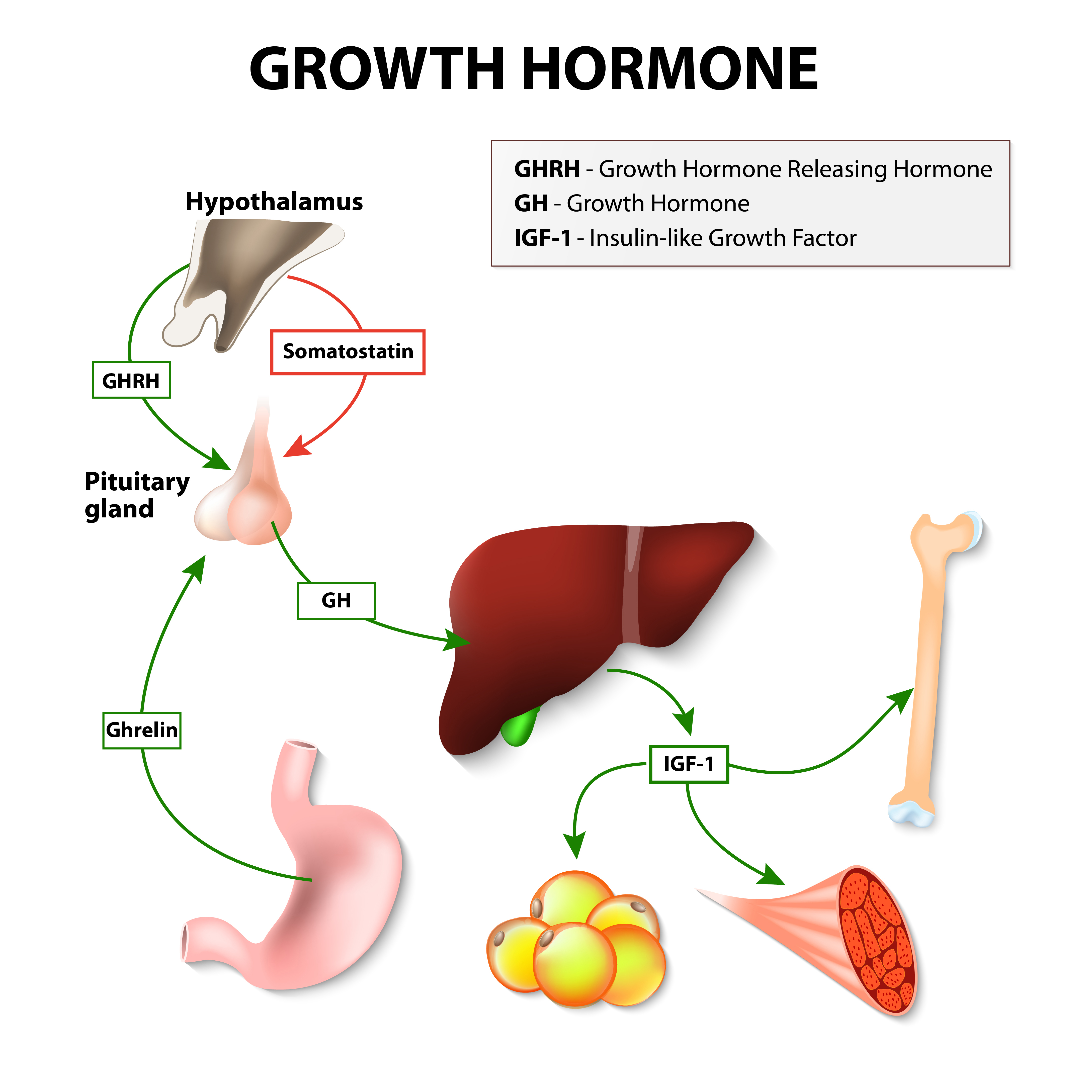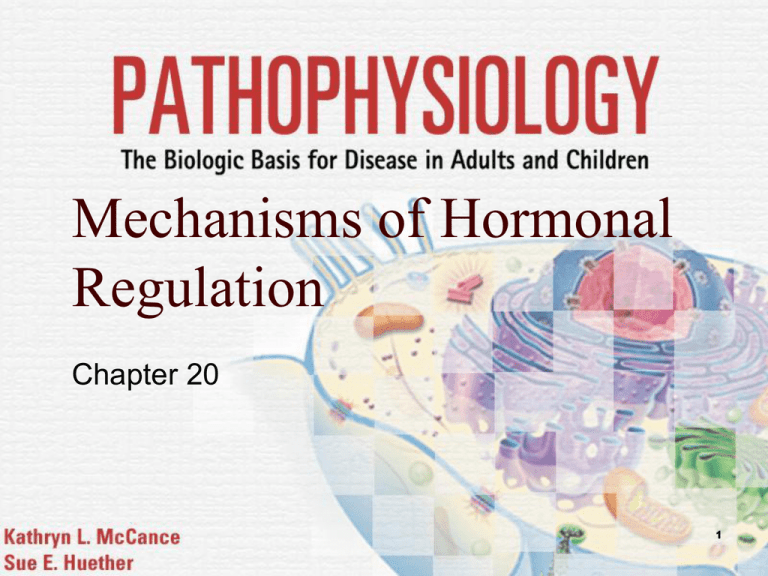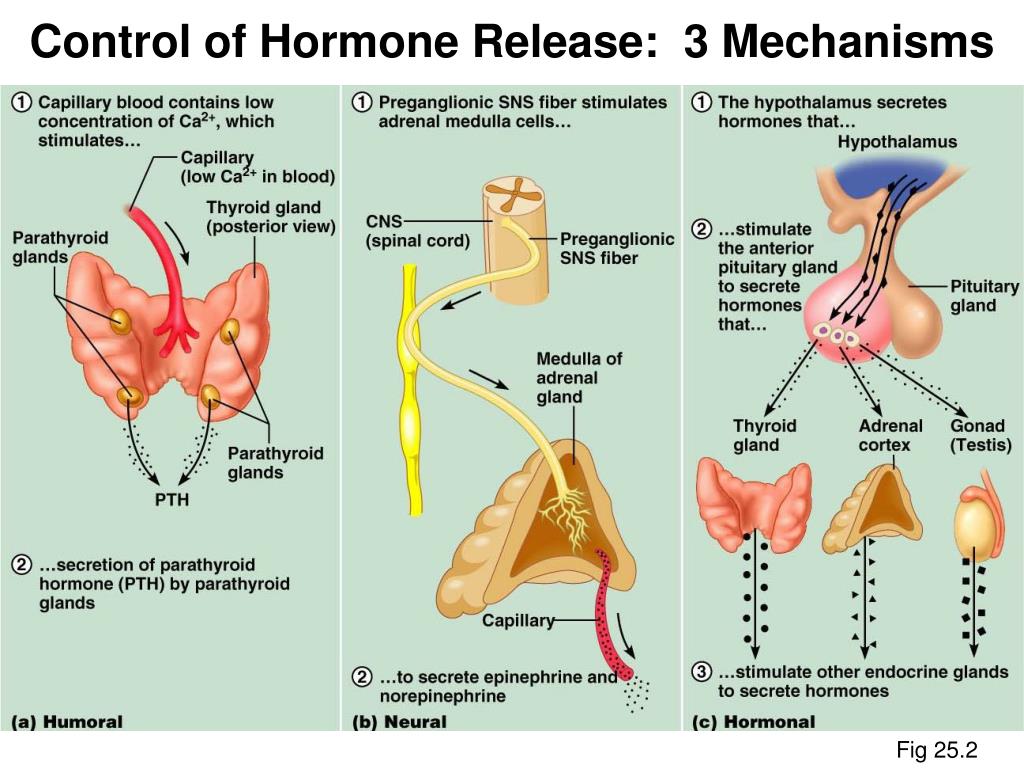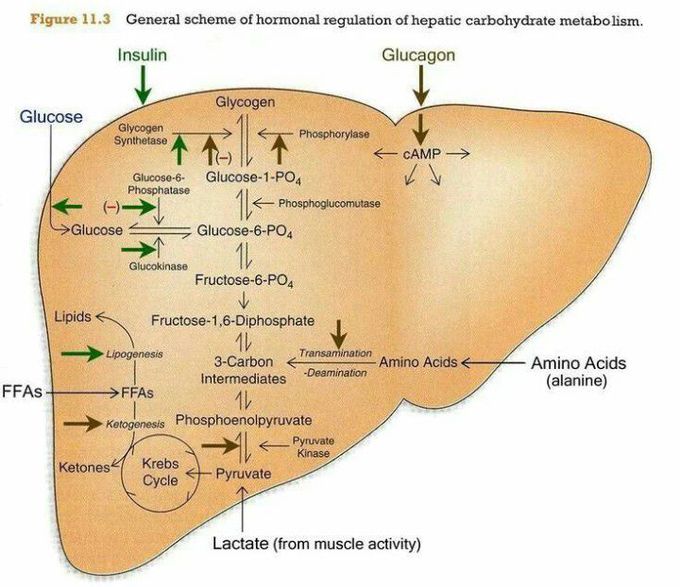Hormonal Regulation Definition
Hormonal regulation plays a crucial role in growth and development. Our bodies produce various hormones that contribute to our overall well-being. In this article, we will explore the definition and importance of hormonal regulation, its impact on growth, and provide answers to frequently asked questions.
What is Hormonal Regulation?

Hormonal regulation refers to the process through which our body's hormones are produced, released, and regulated to maintain a balance within our system. Hormones act as messengers in our body, carrying signals from one organ or tissue to another, coordinating various physiological processes and functions.
These chemical substances are secreted by glands such as the hypothalamus, pituitary gland, thyroid, adrenal glands, and reproductive organs. Hormones play a vital role in regulating growth, metabolism, mood, reproduction, sleep patterns, and many other bodily functions.
The Role of Hormones in Growth
Growth is an essential aspect of our development, especially during childhood and adolescence. Hormones, particularly growth hormone and insulin-like growth factors, play a significant role in ensuring proper growth and development.

These hormones are primarily secreted by the pituitary gland, located at the base of the brain. Growth hormone stimulates the growth of bones, muscles, and other tissues throughout the body. It also regulates the metabolism of proteins, carbohydrates, and fats, ensuring adequate energy for growth and maintenance.
During childhood, growth hormone levels are typically high, contributing to the rapid growth and development observed during these years. However, as we age, the production of growth hormone decreases, leading to a gradual decline in growth rate and physical changes.
Impact of Hormonal Imbalance on Growth
An imbalance in hormonal regulation can have significant consequences on growth. Hormonal disorders may lead to various growth-related conditions, including:
- Growth Hormone Deficiency: Insufficient production of growth hormone can cause stunted growth in children and reduced muscle mass in adults. Treatment options, such as Sermorelin therapy, may be recommended to stimulate growth hormone production in these cases.
- Precocious Puberty: Unusually early onset of puberty can pose challenges for both physical and emotional development. Hormonal treatments may be prescribed to manage the condition and ensure proper growth.
- Gigantism and Acromegaly: Excessive production of growth hormone can result in gigantism during childhood and acromegaly in adults. These conditions cause abnormal growth and enlargement of certain body parts.
FAQs
1. How can hormonal regulation be improved?
Improving hormonal regulation can be achieved through various lifestyle changes, including:
- Maintaining a balanced diet rich in essential nutrients
- Engaging in regular physical activity
- Managing stress levels through relaxation techniques
- Getting enough sleep to support hormone production and regulation
2. Can hormonal regulation affect mood?
Yes, hormonal regulation is closely linked to mood regulation. Hormonal imbalances, such as low levels of serotonin or excessive cortisol levels, can contribute to mood swings, depression, and anxiety.
3. What are some common signs of hormonal imbalance?
Signs of hormonal imbalance may include:
- Irregular menstrual periods
- Weight gain or difficulty losing weight
- Acne or skin issues
- Mood swings and irritability
- Changes in libido
Overall, hormonal regulation is crucial for maintaining optimal growth and development. By understanding the importance of hormonal balance and identifying potential hormonal disorders, we can take steps towards achieving a healthy and balanced life.
What Is Sermorelin GHRH? The Facts You Need To Know
 Image Source : www.sermorelin.me
Image Source : www.sermorelin.me sermorelin hormone growth ghrh diagram hgh brain releasing definition secretagogue muscle
Mechanisms Of Hormonal Regulation Chapter 20 1
 Image Source : studylib.net
Image Source : studylib.net Hormones_Lecture 2016 - Hormonal Regulation Of Growth Study Objectives
 Image Source : www.coursehero.com
Image Source : www.coursehero.com CA Hormone Regulation - Concept Analysis HORMONAL REGULATION Definition
 Image Source : www.studocu.com
Image Source : www.studocu.com Sympathetic Nervous System Hormones
 Image Source : anatomysource88.z21.web.core.windows.net
Image Source : anatomysource88.z21.web.core.windows.net Hormone Regulation Concept Analysis - Concept Analysis HORMONAL
 Image Source : www.studocu.com
Image Source : www.studocu.com Hormonal Regulation - YouTube
 Image Source : www.youtube.com
Image Source : www.youtube.com regulation hormonal
Hormonal Regulation - MEDizzy
 Image Source : medizzy.com
Image Source : medizzy.com Sermorelin hormone growth ghrh diagram hgh brain releasing definition secretagogue muscle. What is sermorelin ghrh? the facts you need to know. Sympathetic nervous system hormones. Hormone regulation concept analysis. Mechanisms of hormonal regulation chapter 20 1